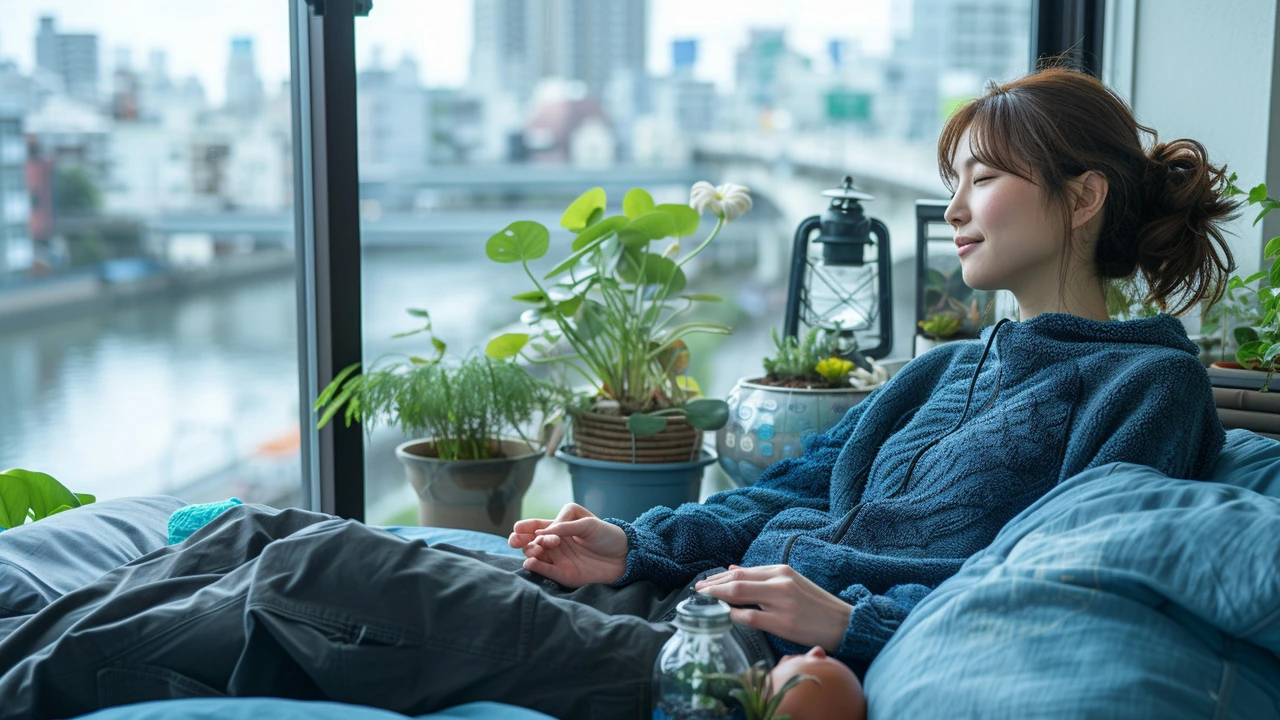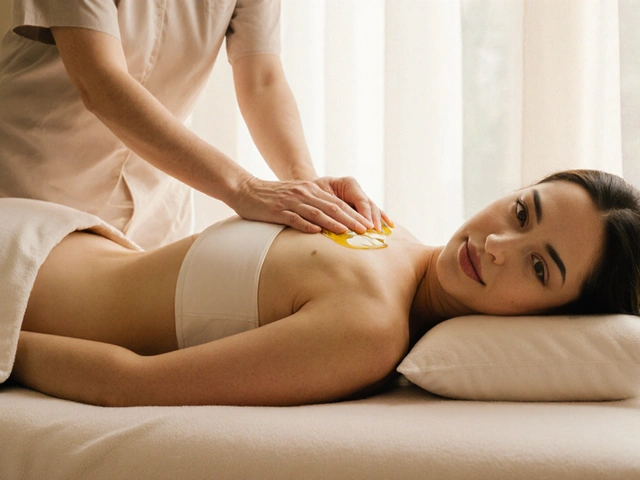Shiatsu: What It Is and Why It Works
Shiatsu is a Japanese bodywork that uses thumbs, palms, and sometimes elbows to apply steady pressure along the body. It aims to ease tight muscles, improve circulation, and help you feel calmer. Sessions usually happen on a mat or table while you wear loose clothing, so no oils or undressing are needed. People try Shiatsu for stress, neck and back pain, headaches, and poor sleep.
What to Expect in a Session
A typical session lasts 45–90 minutes. Your practitioner will ask about your health and goals, then use pressure, gentle stretches, and joint rotations. Pressure ranges from light to firm — tell the therapist when it feels too strong or too soft. Good practitioners check in during the session and adjust to your comfort. Many clients report feeling relaxed, looser, or more balanced right after treatment.
Shiatsu blends techniques similar to acupressure and Western massage, but it focuses on meridians and energy flow. You might notice rhythmic pressure along arms, legs, spine, and shoulders. Because it’s done over clothes and uses controlled pressure, Shiatsu can be gentler than deep tissue work while still being very effective.
Practical Tips: Before, During, and After
Before your first visit, wear comfy clothes you can move in. Avoid heavy meals and alcohol right before the session. Ask the therapist about their training and whether they work with your specific issue — for example, pregnancy or recent surgery needs special care.
During the session, breathe with the pressure and relax your muscles. If you feel pain, say so; a good practitioner will ease off or switch techniques. After the treatment, drink water and rest for a bit. You might feel sleepy or notice temporary soreness, which often fades within a day or two.
Try simple self-shiatsu at home: press the base of your skull with fingers to ease neck tension, or use thumbs to press the web between thumb and index finger for a short stress relief break. Keep pressure steady for 15–30 seconds, then release. These quick moves can help between full sessions.
Who should avoid Shiatsu? If you have a fever, acute inflammatory condition, deep vein thrombosis, or certain heart problems, check with a doctor first. Also mention pregnancy, implanted devices, or recent fractures. Good communication between you, your doctor, and your shiatsu practitioner keeps things safe.
Searching for a therapist? Look for certified shiatsu therapists or those trained in Japanese-style acupressure. Read reviews, ask about session structure, and trust your gut — a good fit matters. Shiatsu is practical, low-tech, and focused on comfort. If you want a hands-on way to reduce tension and restore balance, it’s worth trying a session and seeing how your body responds.

The Role of Shiatsu in Managing Anxiety and Depression
Hi there! I just posted a new blog about the fascinating role of Shiatsu in managing both anxiety and depression. As a holistic healing technique, Shiatsu has much to offer if you're fighting these mental health challenges. By applying pressure to various points on the body, it may aid in balancing your internal energy to restore emotional harmony. Do pay a visit if you’d like to learn more and explore the potential positive effects of Shiatsu in-depth.
Categories
- Health and Wellness (148)
- Alternative Therapies (86)
- Massage Therapy (40)
- Travel and Culture (15)
- Beauty and Skincare (9)
- Holistic Health (8)
- Health and Fitness (5)
- Spirituality (5)
- Other (2)
- Personal Development (2)
Popular Articles



